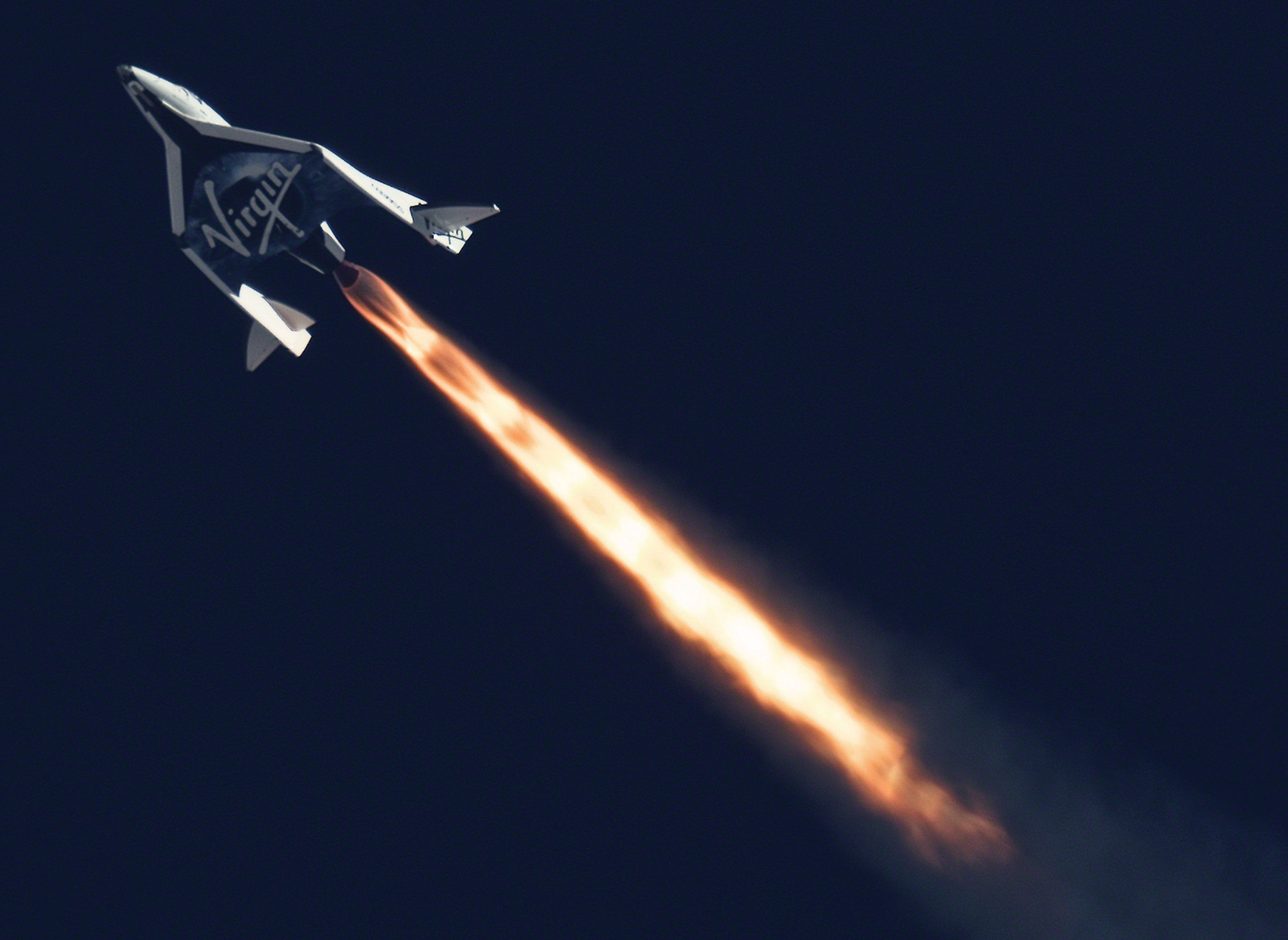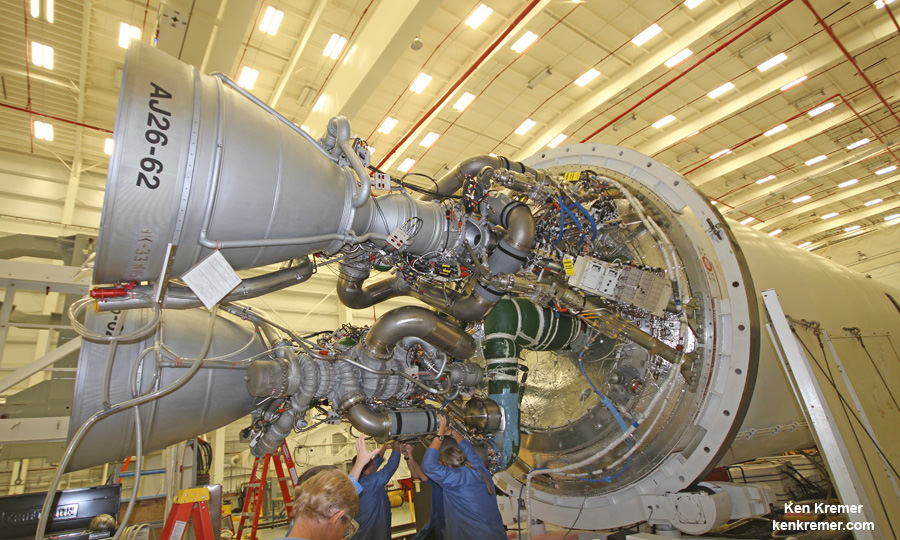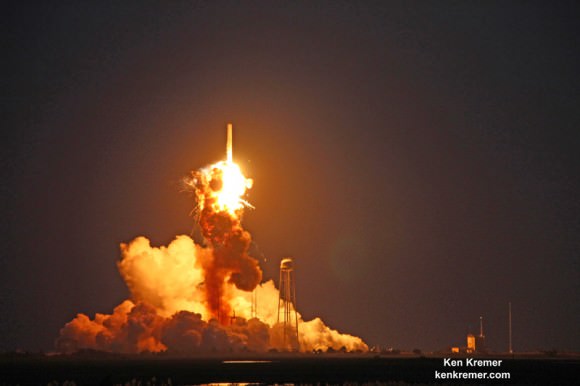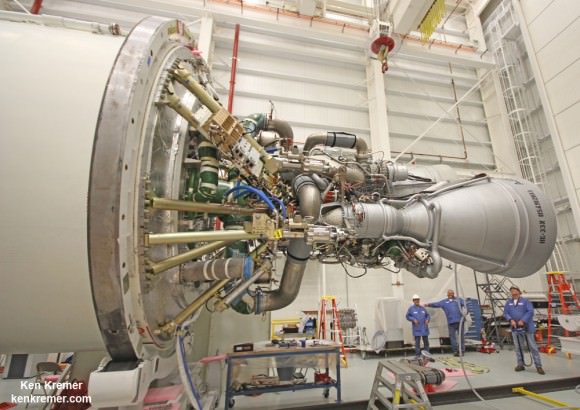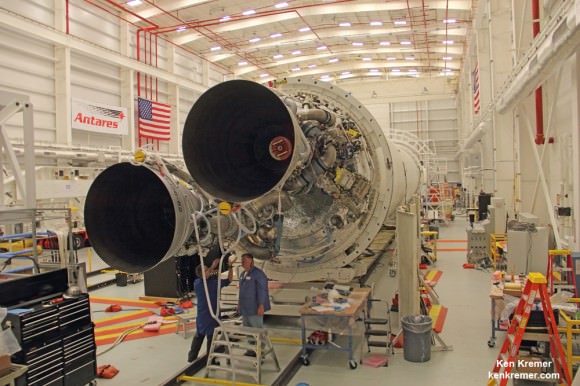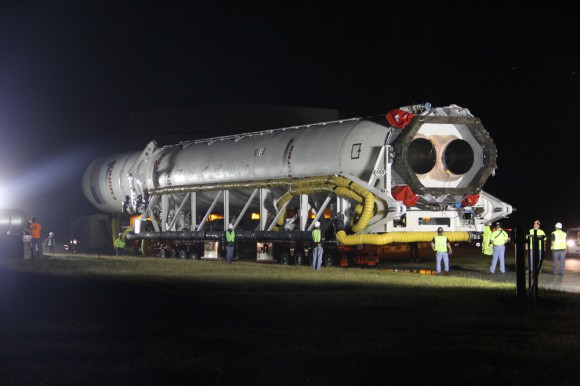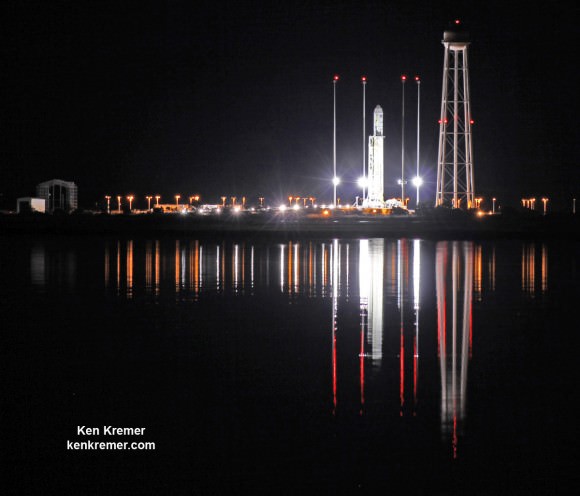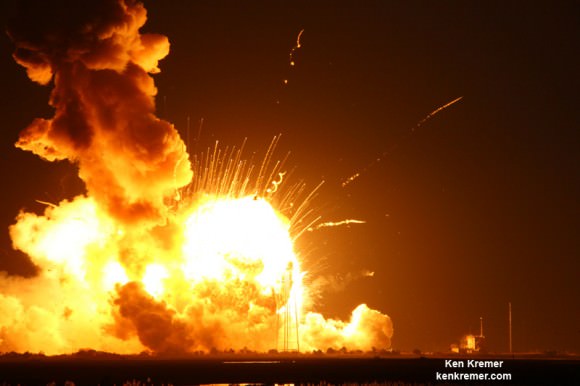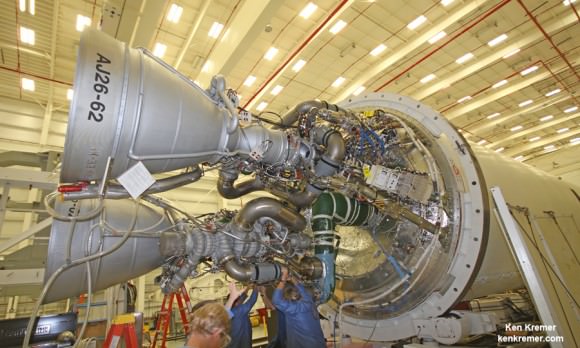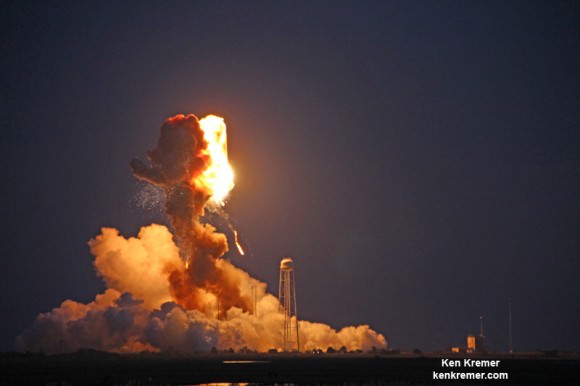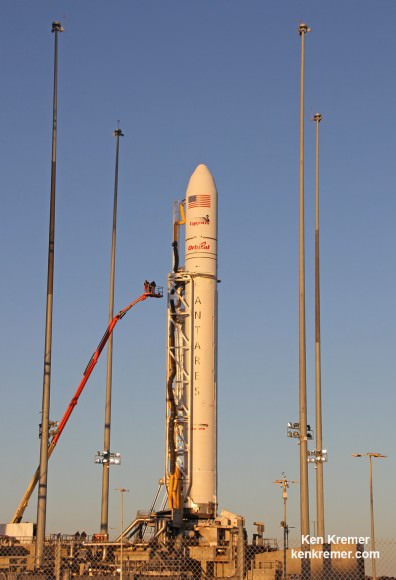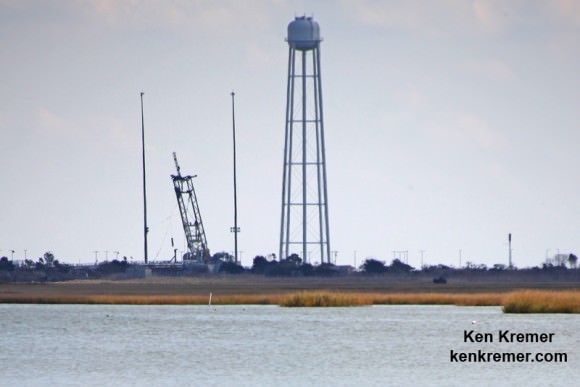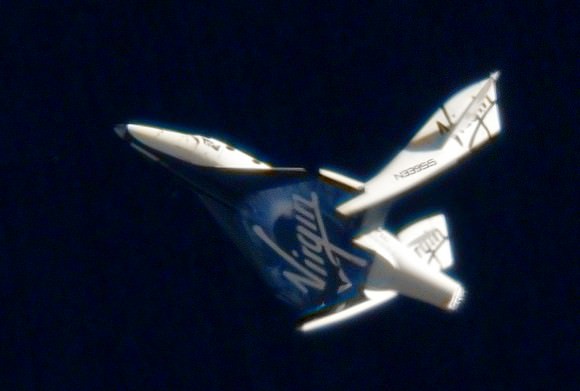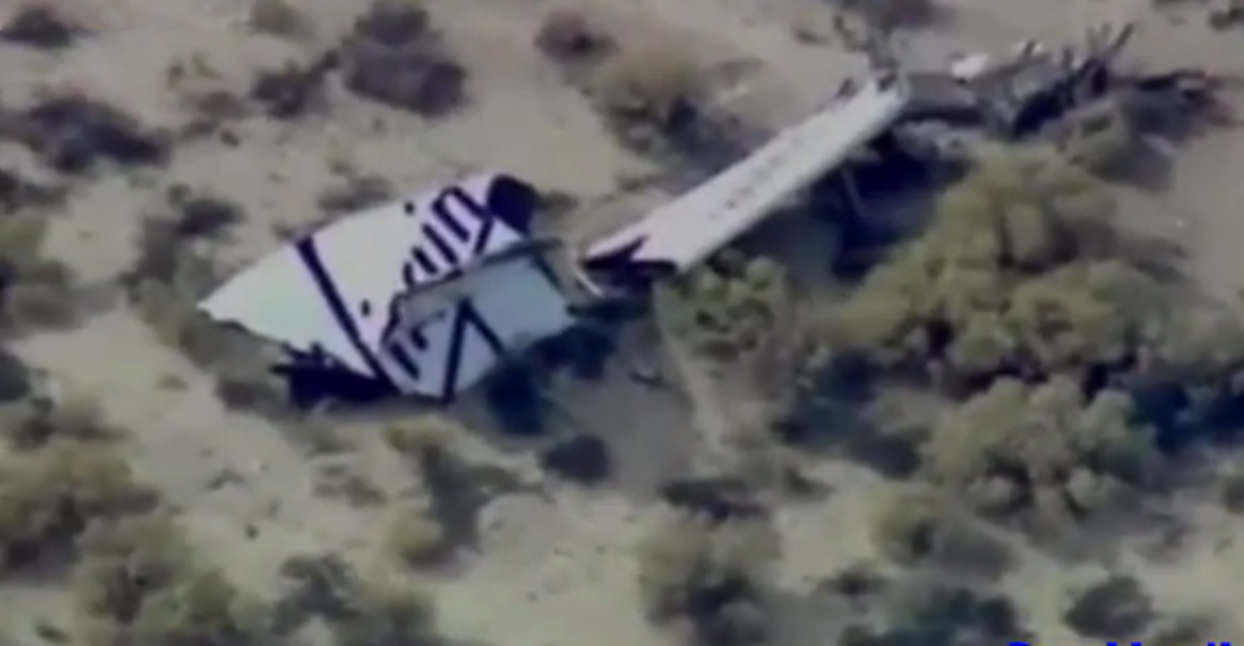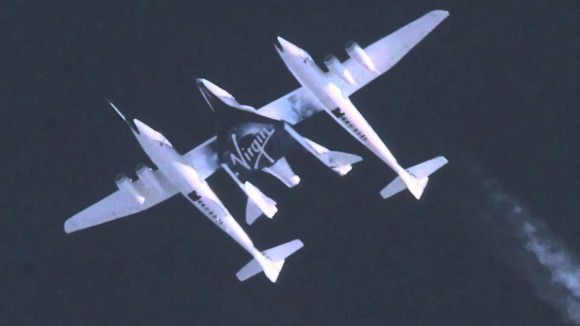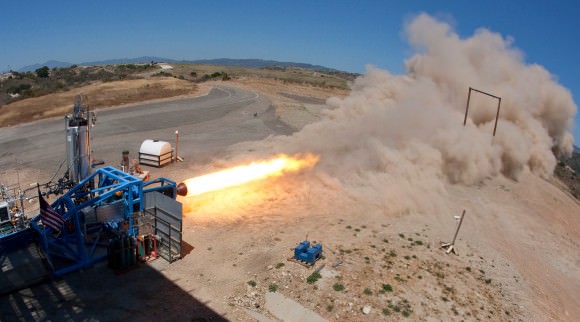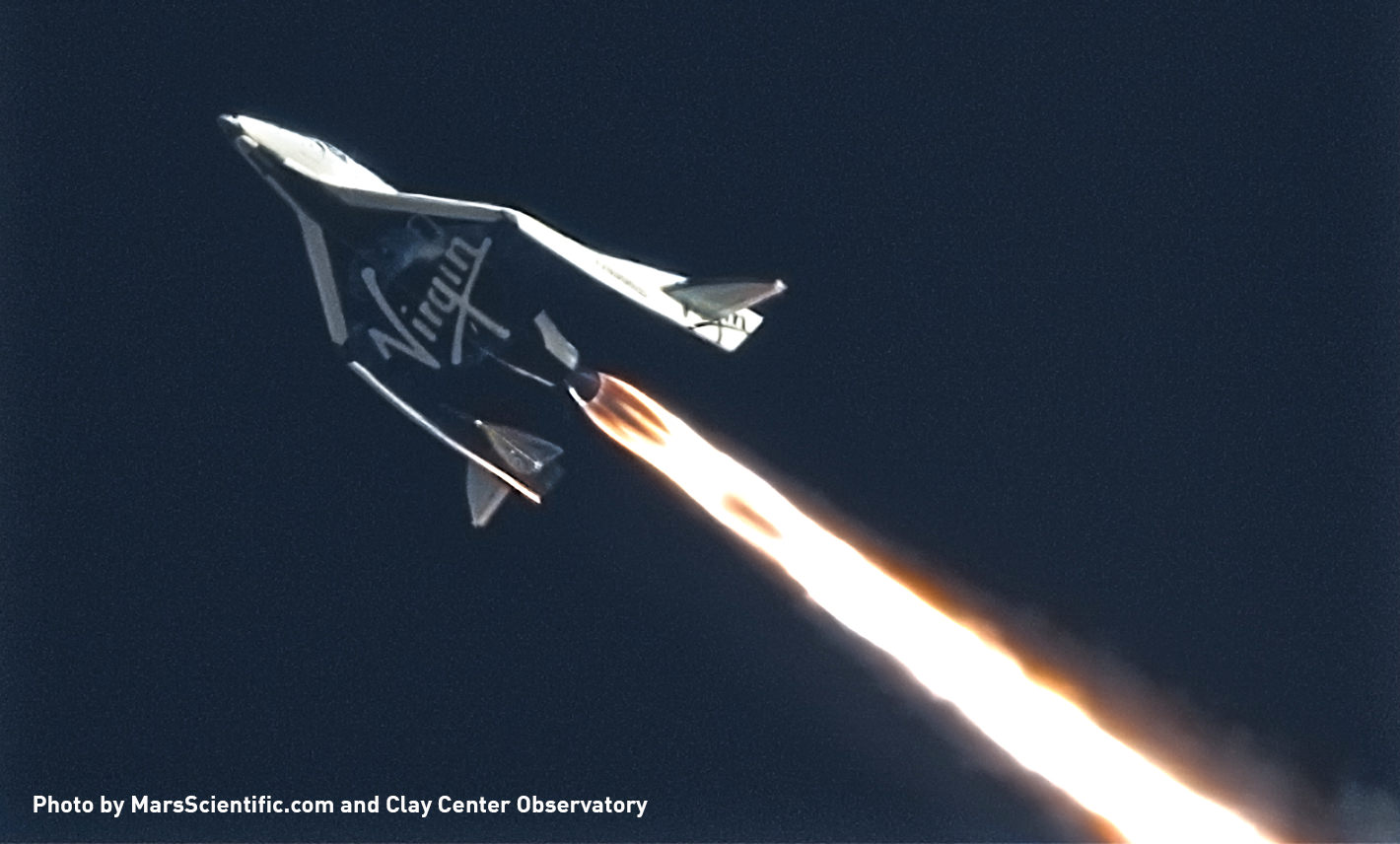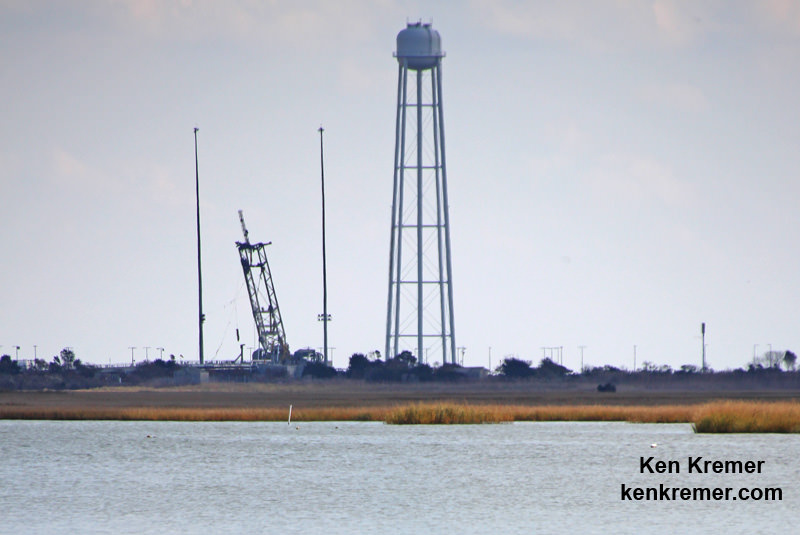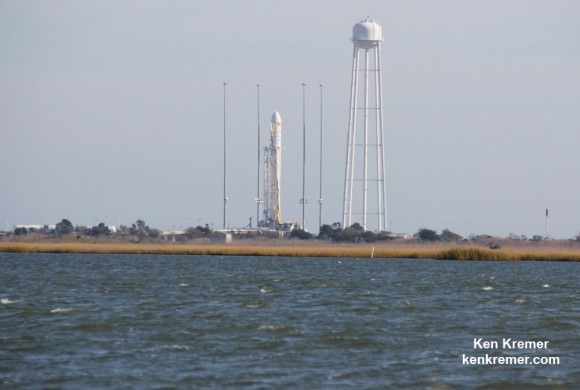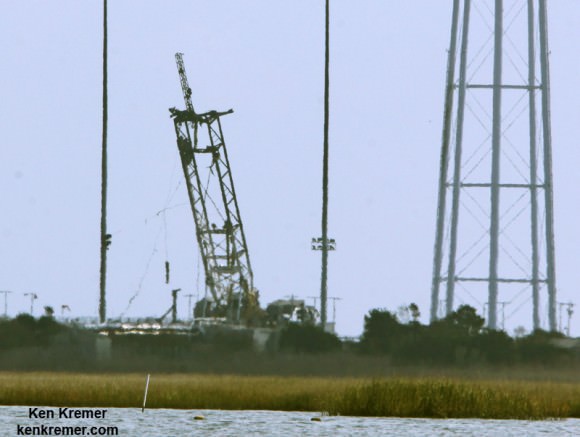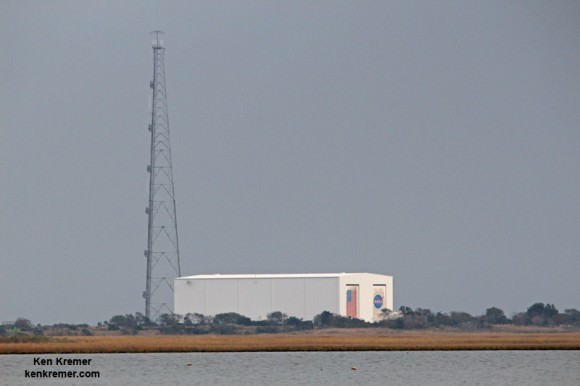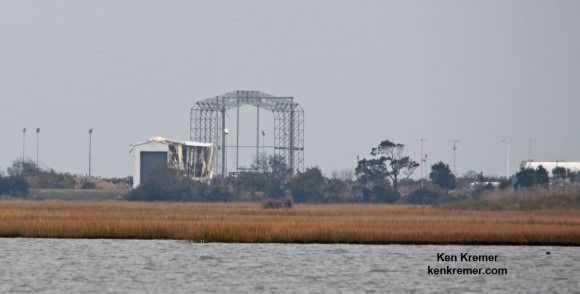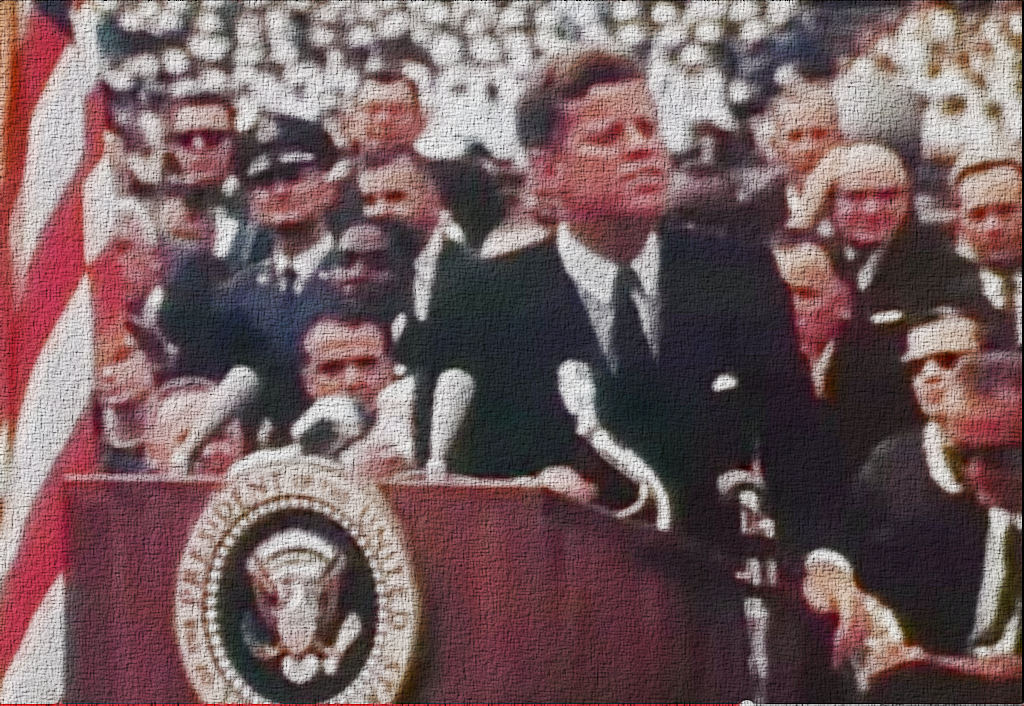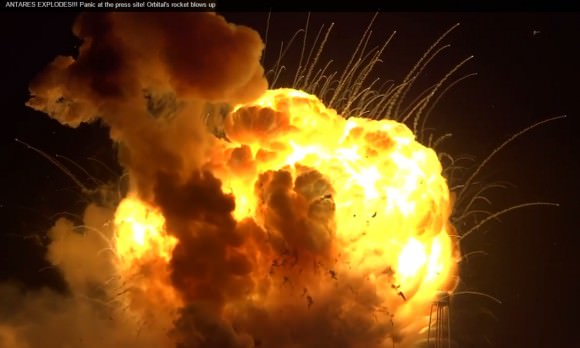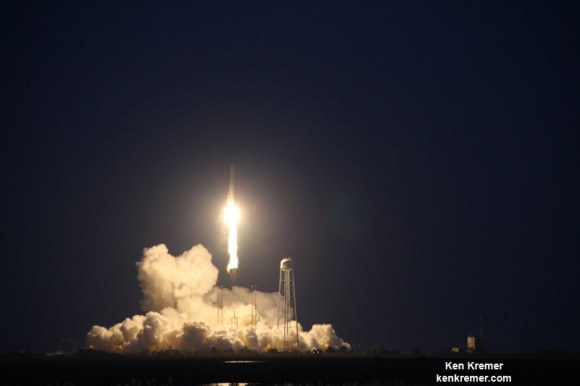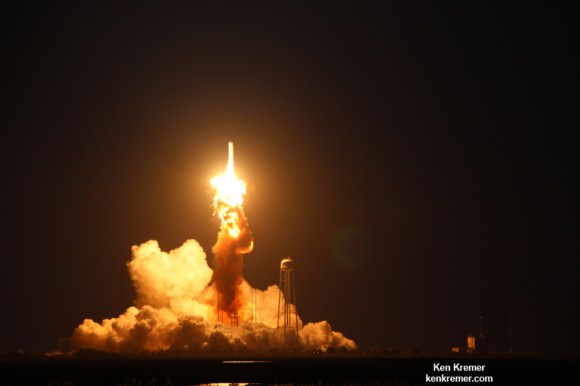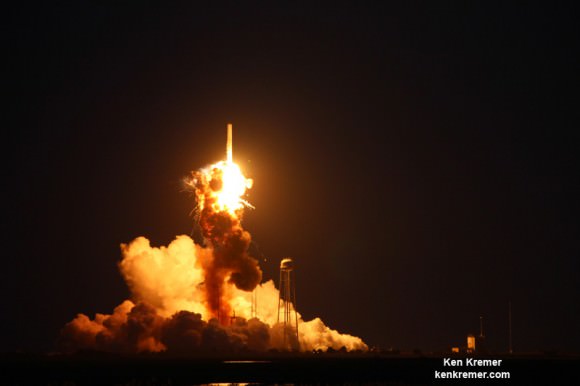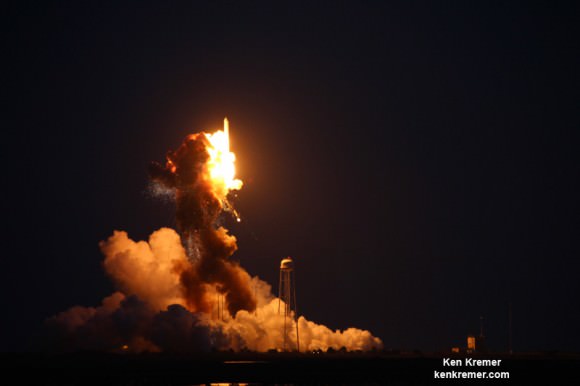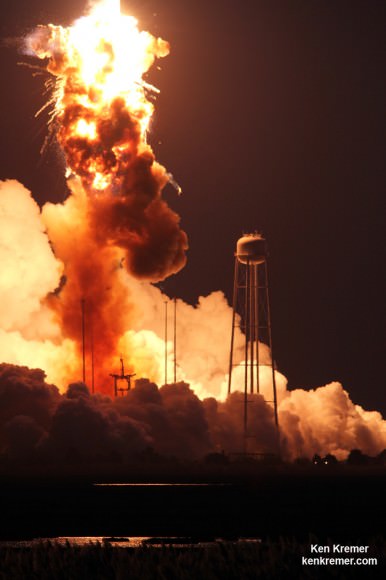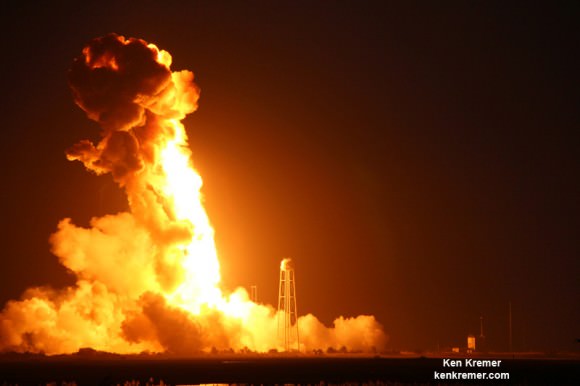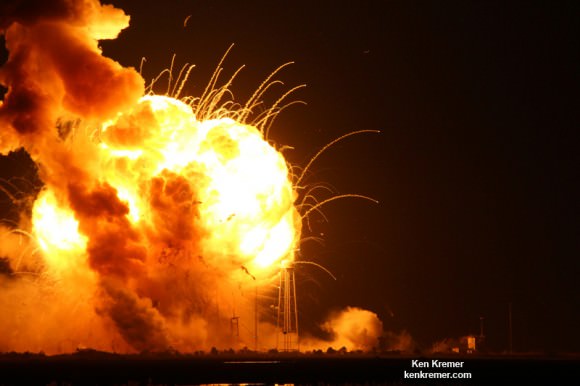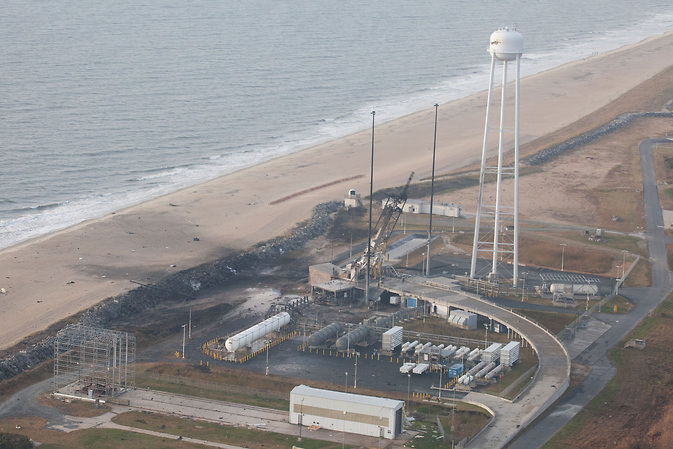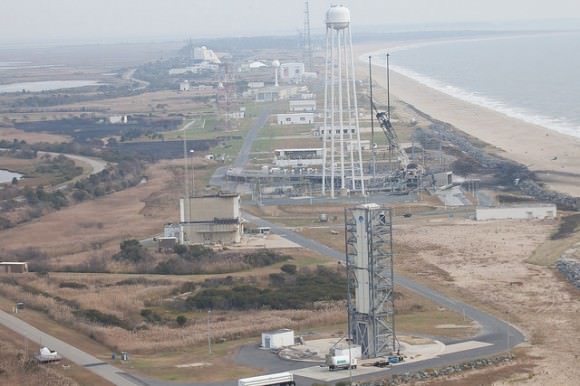In this reporter’s initial article for Universe Today on the SpaceShipTwo accident, it was already clear that the survival of one of the two pilots was remarkable. How did the SpaceShipTwo pilot Peter Siebold survive while co-pilot Michael Alsbury did not? The SpaceShipTwo test pilots do not wear pressure suits. There are no ejection seats like in a jet fighter but they do wear parachutes.
During the powered test flight of SpaceShipTwo on October 31st, at the moment that the vehicle broke up, its altitude was approximately 50,000 feet (15,240 meters) and it was traveling at mach 1.0 (1225 kph, 761 mph). Sudden decompression at that altitude leaves a pilot a few seconds before losing consciousness. To understand how Siebold survived, consider how this breakup compares to the Space Shuttle Challenger disaster. Challenger was at 48,000 feet (14,600 meters) and SpaceShipTwo was at 50,000 feet (15,240 meters) when their breakups occurred. Both were within the same speed regime – between mach 1 and mach 2.
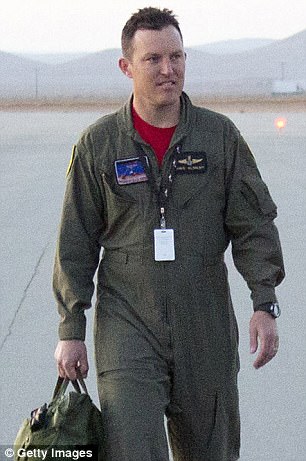
I was a graduate student stationed at the Space Science Lab at Marshall Space Flight Center on that winter day in 1986. The NASA research researchers and professors, students from the University of Alabama, Huntsville, were sitting together in a conference room. The presenter concluded his final remarks on his research work then said, thank you and we can now turn around (to the NASA TV monitor) and watch Challenger launch. The countdown was at about T-20 seconds and so we watched, then a cloud appeared that with each passing moment did not seem normal. I recall watching and thinking, come on out, come on, you can make it. Challenger never did. There was no miraculous recovery with the Shuttle pilots steering it out of the cloud and back down to the Cape to cheers and a heroes welcome. We all filed out of the room in silence knowing what had happened but not wanting to believe it. Months later, experts concluded that the Challenger crew, most likely, survived the plunge back to Earth only to perish when the cabin impacted the ocean surface at over 200 mph (321 kph).
That was the first of two Space Shuttle accidents. The other, the Columbia disaster, occurred at a much higher altitude and velocity. That was a Saturday morning. Sleeping in after a long week of analyzing design documents and source code for the Mars Rovers, my girlfriend at the time nudged me awake to say, Tim, something is wrong with the Space Shuttle. I grudgingly got up, not wanting to see anything bad on a pleasant Saturday morning, but CNN was showing it break up over Texas.
I never worked in the Space Shuttle program but Shuttle was larger than life and every NASA employee took its triumphs and tragedies personally. For all those working on SpaceShipTwo and friends and family and those at the Mojave Air and Space Port on that day, it is no different. The tragedy and the moments surrounding the incident stay with you forever.
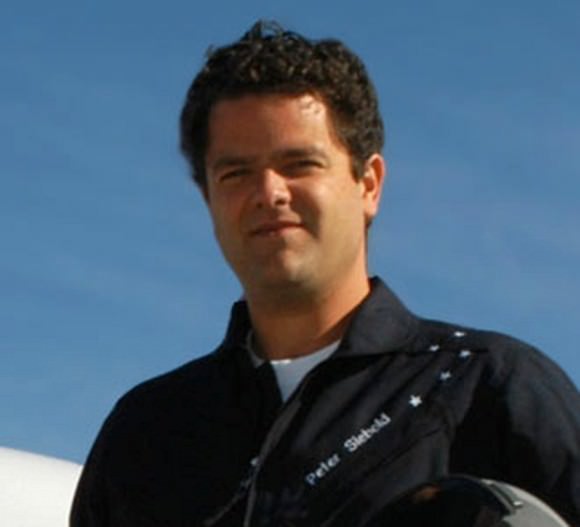
With all this in mind, I consider the question of how one man survived and the other did not with SpaceShipTwo. Both pilots were wearing only simple jump suits. No pressurization. They had supplemental oxygen through masks just like a fighter pilot has during flight. SpaceShipTwo did not afford them ejection seats like a fighter jet. Fighter jet pilots can eject at supersonic speeds but chances of surviving the shock of ejection rapidly falls with speed.
SpaceShipTwo is equipped with an escape hatch but once SpaceShipTwo disintegrated, the hatch was of no use. Both pilots were suddenly exposed to open air and a supersonic slipstream. So how did Siebold survive?
When the vehicle broke up, the sudden decompression surrounding them stripped objects from the interior. They were surrounded by lethal projectiles. It was a matter of chance whether one or both were struck by debris and lost consciousness. In the case of Shuttle Challenger, the astronauts experienced a sudden 20 G force at break up, however, analysts concluded that they likely survived the initial breakup. Challenger astronauts had helmets and a supplemental oxygen supply. One or two of the oxygen supplies had actually been activated and drained by their respective astronaut as the cabin was falling back to Earth. The Shuttle cabin survived the breakup largely intact and protected the astronauts from the supersonic slipstream outside.
SpaceShipTwo’s breakup likely exposed both pilots to the slipstream at still over mach 1. Flying debris was their first challenge. Second, the sudden decompression and then deceleration forces struck them. According to an anonymous source within Scaled Composites, the Washington Post reported yesterday that both pilots remained buckled into their seats. Alsbury never separated from the seat and cabin, and information reaching the public reveals that he impacted at high speed still within some fraction of the remaining cabin.
The anonymous sources within Scaled Composites revealed that Siebold was able to unbuckle from his seat and deploy his chute at 17,000 feet (5,181 m). It is very likely that even Siebold fell unconscious from the initial stresses of the breakup and from decompression at 50,000 feet (15,240 m). He would have fallen into an unconscious state at that height and only have woken up once near 17,000 feet (5,181 m) where the atmosphere is denser and at which a human can survive, such as at mountain altitudes in the Andes and Himalayas. Whether he gave a thumbs up to a nearby chase plane is sensational but it would indicate that he was conscious and aware. With the parachute integrated into his test pilot suit, it was critical for Siebold to regain consciousness and unbuckle from his seat in order to give his parachute any chance of deploying. This is likely where the fate of the pilots differ.
Alsbury quite possibly was struck by debris or was injured by G forces and decompression more severely than Siebold. He either never regained consciousness or was somehow trapped in his seat and surrounding debris of the cabin. The circumstances for Siebold in his descent after the breakup were apparently fortuitous and gave him the chance to re-awaken and unbuckle. Comments in press reports from people around the incident or aware of the technology included that the pilots’ parachutes had automatic deployment mechanisms which activate at 10,000 feet (3048 m). In Alsbury’s or Siebold’s situation, without releasing themselves from their seats, the automatic deployment system would not have worked. If the chutes were to automatically deploy while the pilots were still strapped to their seats, the force from the deploying chute would have caused serious injury to the pilot. I’ve never jumped from a perfectly good flying airplane — as pilots often comment to jumpers — but I recall hearing that a deploying chute will knock a person on their backs with injury if they’re within 20 feet (6.1 meers) of it.
So, Siebold’s survival is miraculous or lucky, however you want to perceive it. For Michael Alsbury, godspeed. There are many factors that lead up to a powered test flight. Then, the moment — the rush of acceleration, the roar of the SpaceShipTwo engine — has some effect on the clarity of any pilot. NTSB analysis might reveal that the Human-Machine Interface (HMI) was also a factor in the actions that took place inside the cockpit. If only one of two necessary steps to execute the tail section’s feathering took place and yet it feathered, then again, something was beyond the control of the pilots.
References:

